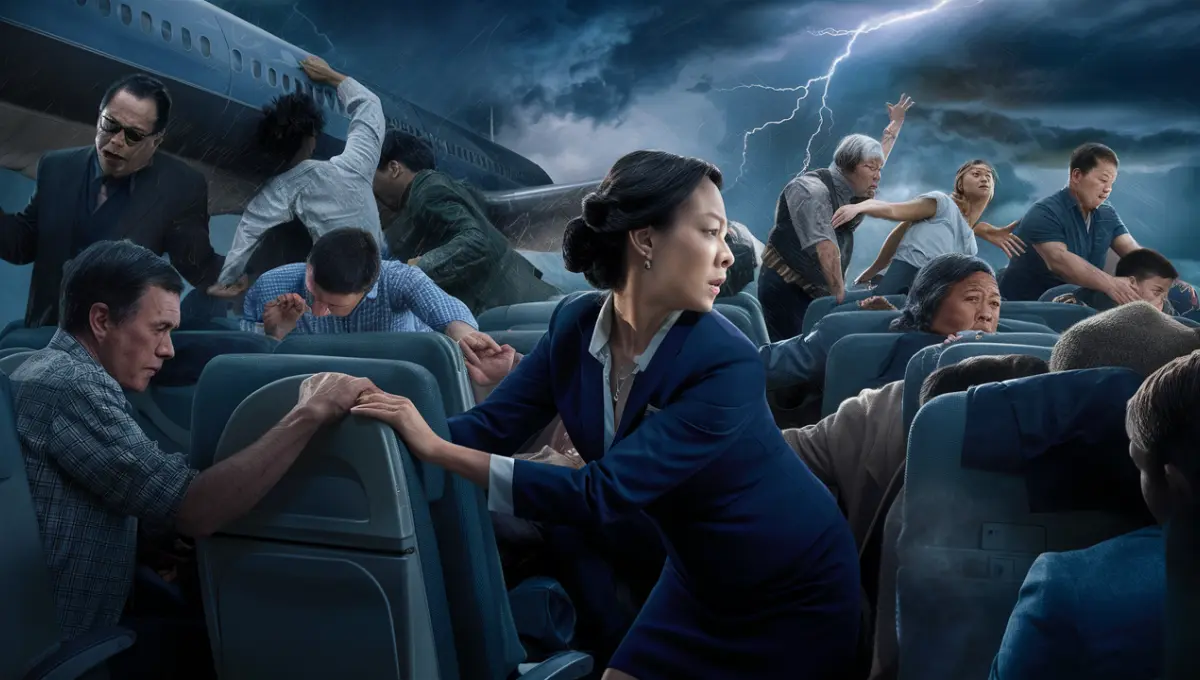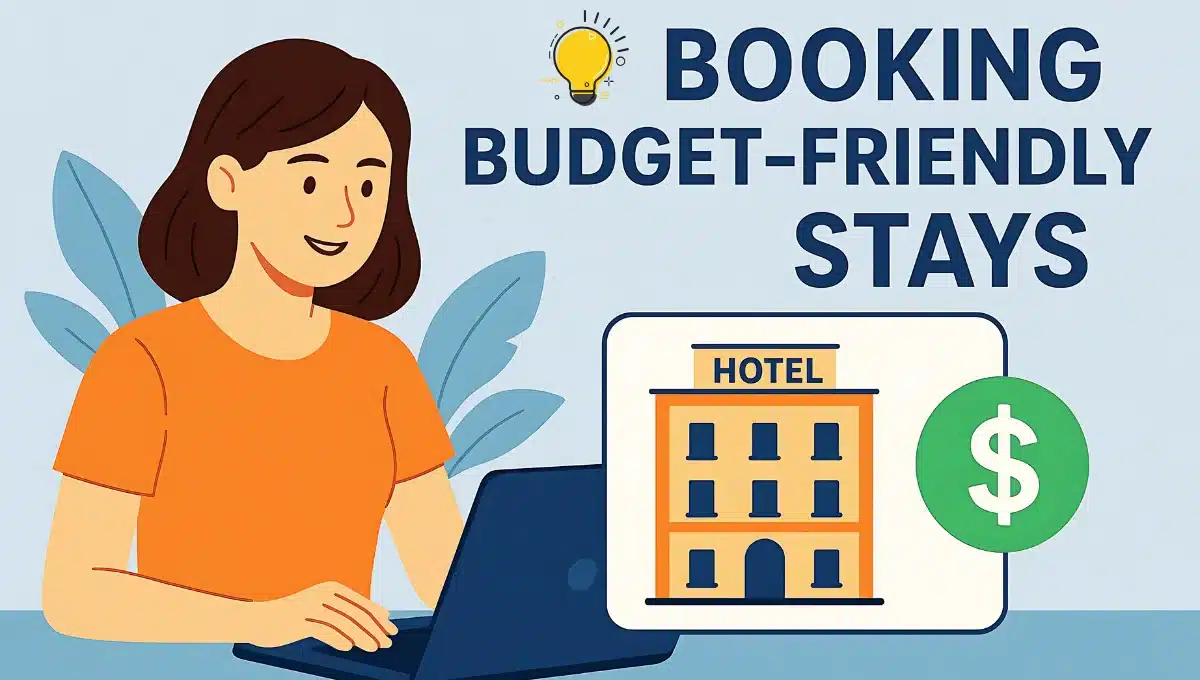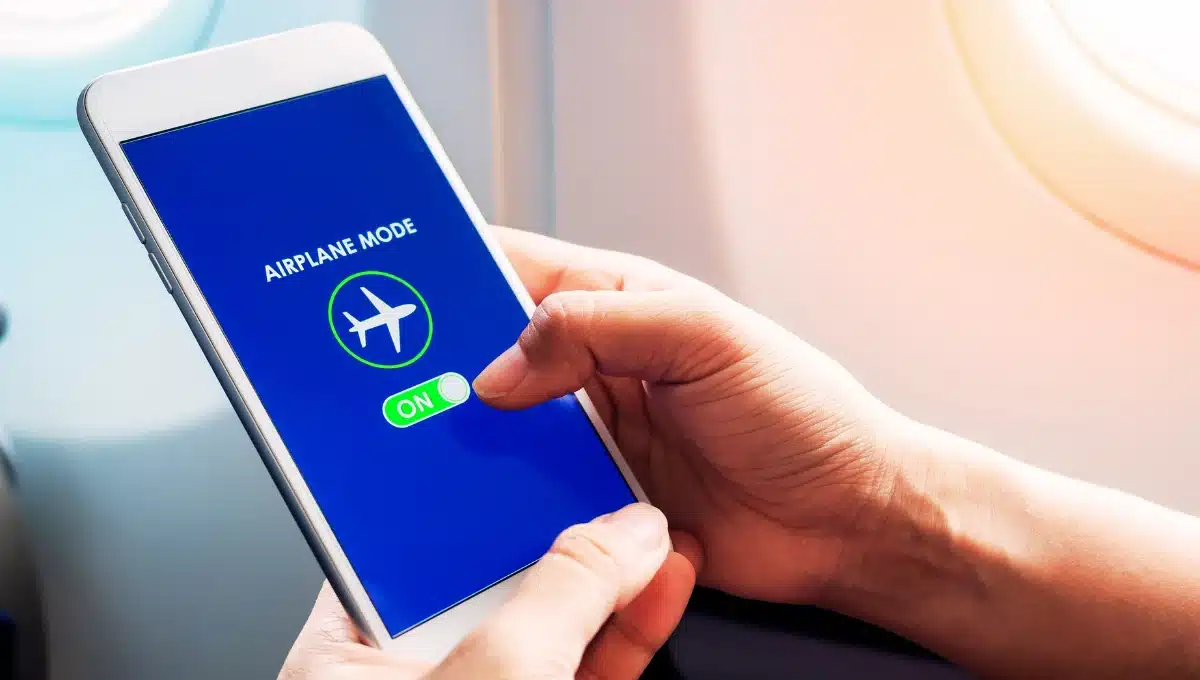Ever wondered why you should wear your seat belt on a plane even when the sign is off? Many passengers think it’s unnecessary and uncomfortable.
I’ve seen it countless times: as soon as the seat belt sign dings off, passengers eagerly unbuckle, feeling a sense of freedom. But what if I told you that staying buckled up could prevent serious injuries? Turbulence can strike without warning, and not being strapped in can turn a smooth flight into a dangerous experience.
Let’s dive into why it’s crucial to stay buckled up, based on real-life experiences and facts.

 How Airplane Seat Belts Work
How Airplane Seat Belts Work

Airplane seat belts are different from those in cars. They use a “lift lever” mechanism, making it quick and easy to unbuckle when necessary. This design dates back to before airplanes even existed and became standard in aviation in the 1940s. Unlike car seat belts that protect against back-and-forth motion, airplane lap belts keep you secure against the up-and-down motion caused by turbulence.
Also Read: Where’s the Safest Seat on a Plane? Insights from Experts and Stats
Common Myths About Plane Seat Belts
- “They’re ineffective in a crash.” While they might not save you in a catastrophic crash, seat belts prevent injuries in minor accidents, like during taxiing.
- “They’re only for body identification.” This myth doesn’t hold up, especially with airlines that don’t assign seats.
- “They hinder evacuation.” The lever mechanism is designed for quick release, ensuring a fast exit if needed.
The Real Threat: Turbulence
Turbulence is unpredictable and can occur even in clear skies. According to the National Center for Atmospheric Research, pilots report thousands of turbulence encounters annually in the U.S. alone. Turbulence can cause the plane to drop suddenly, lifting unbuckled passengers out of their seats and potentially causing severe injuries. Staying buckled up significantly reduces the risk of being thrown around.
My Personal Experience
I used to think that unbuckling my seat belt once the sign was off was no big deal. That changed on a flight where unexpected turbulence hit. Passengers who weren’t strapped in were jolted out of their seats, some hitting their heads on the overhead bins. Since then, I always keep my seat belt fastened, even when the sky looks clear.
Also Read: How To Travel Confidently During Your Period?
Final Thoughts
Wearing your seat belt on a plane is a small step that can make a huge difference in your safety. Next time you fly, keep that belt on – even if the sign is off. It’s a simple habit that can prevent serious injuries and ensure a safer journey for everyone on board. Safe travels!
Also Read: 11 Proven Tips For A Better Night’s Sleep On A Plane
Travel Smart: 12 Genius Tips for Booking Budget-Friendly Stays Without Regret 💡💸
What Really Happens If You Don’t Use Airplane Mode on a Flight? (The Truth Might Surprise You)


